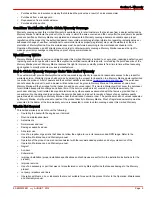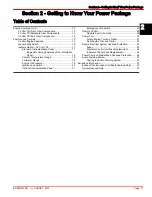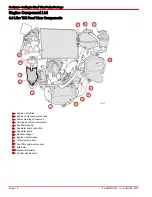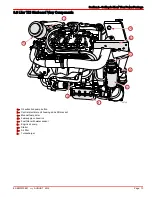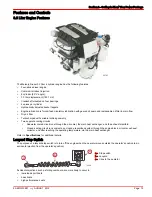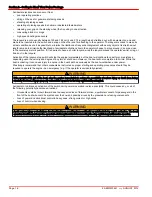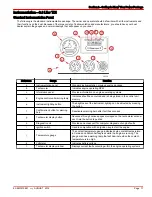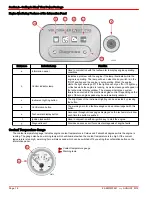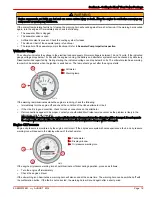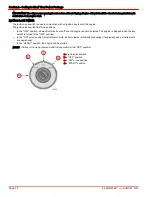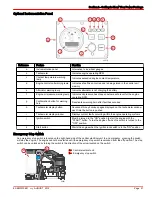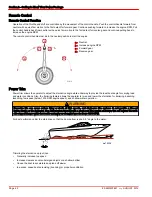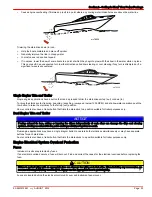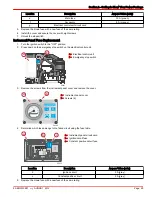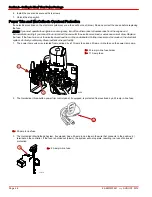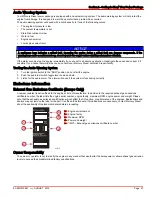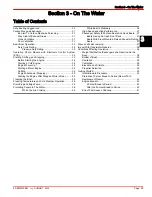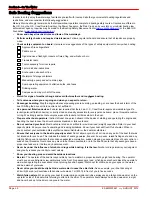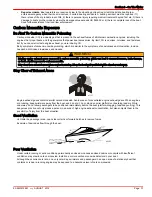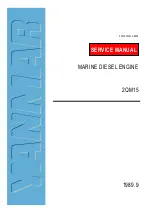
Section 2 - Getting to Know Your Power Package
Page 16
90-8M0070851
eng
AUGUST 2012
Accidental ejections can also occur from:
•
poor operating practices
•
sitting on the seat or gunwale at planing speeds
•
standing at planing speeds
•
operating at planing speeds in shallow or obstacle infested waters
•
releasing your grip on the steering wheel that is pulling in one direction
•
consuming alcohol or drugs
•
high speed boating maneuvers
The lanyard is a cord usually between 122 and 152 cm (4 and 5 ft) in length when stretched out, with an element on one end
made to be inserted into the switch and a snap on the other end for attaching to the operator. The lanyard is coiled to make its
at‑rest condition as short as possible to minimize the likelihood of lanyard entanglement with nearby objects. Its stretched‑out
length is made to minimize the likelihood of accidental activation should the operator choose to move around in an area close
to the normal operator's position. If it is desired to have a shorter lanyard, wrap the lanyard around the operator's wrist or leg, or
tie a knot in the lanyard.
Activation of the lanyard stop switch will stop the engine immediately, but the boat will continue to coast for some distance
depending upon the velocity and degree of any turn at shut down. However, the boat will not complete a full circle. While the
boat is coasting, it can cause injury to anyone in the boat's path as seriously as the boat would when under power.
We strongly recommend that other occupants be instructed on proper starting and operating procedures should they be
required to operate the engine in an emergency (e.g. if the operator is accidentally ejected).
!
WARNING
If the operator falls out of the boat, stop the engine immediately to reduce the possibility of serious injury or death from being
struck by the boat. Always properly connect the operator to the stop switch using a lanyard.
Accidental or unintended activation of the switch during normal operation is also a possibility. This could cause any, or all, of
the following potentially hazardous situations:
•
Occupants could be thrown forward due to unexpected loss of forward motion, a particular concern for passengers in the
front of the boat who could be ejected over the bow and possibly struck by the propulsion or steering components.
•
Loss of power and directional control in heavy seas, strong current or high winds.
•
Loss of control when docking.
!
WARNING
Avoid serious injury or death from deceleration forces resulting from accidental or unintended stop switch activation. The boat
operator should never leave the operator's station without first disconnecting the stop switch lanyard from the operator.








